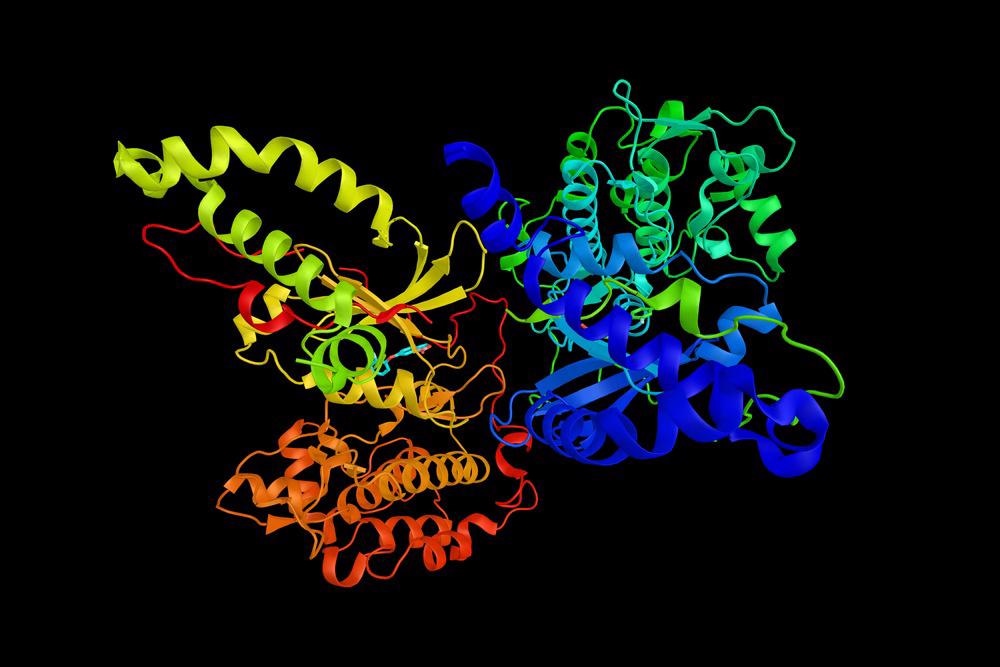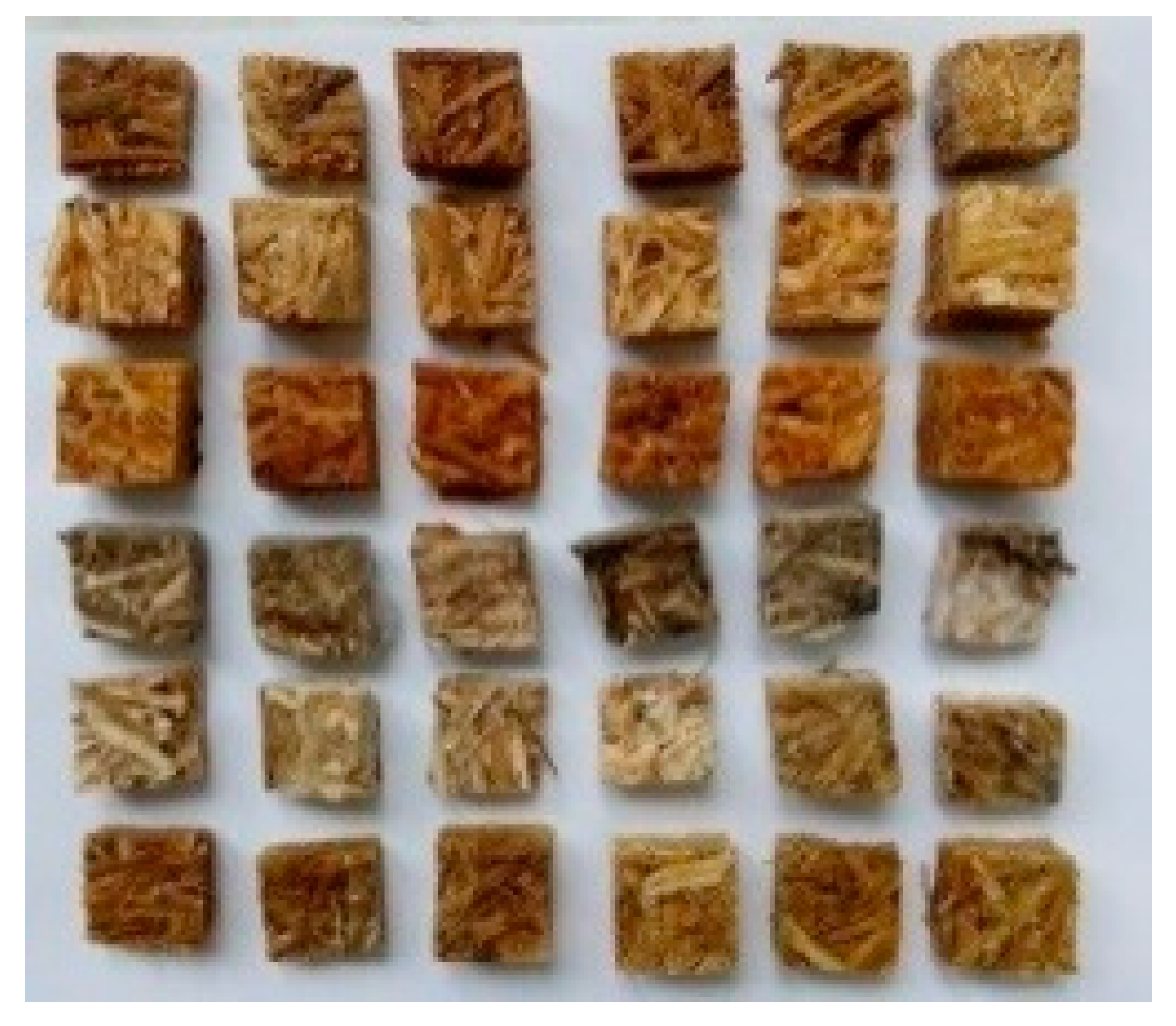Scientists from the Czech Technical University in Prague’s faculty of civil engineering have investigated the biodegradability and ecotoxicity of ‘bone glue,’ a protein-based adhesive. The results of this investigation have been published online in the journal Polymers.

Study: Ecotoxicity and Biodegradation of Sustainable Environment-Friendly Bone-Glue-Based Adhesive Suitable for Insulation Materials. Image Credit: ibreakstock/Shutterstock.com
Ecotoxicity of Artificial Adhesives
Artificial adhesives are widely used in several industries. However, these materials can be ecotoxic or toxic to humans due to the presence of heavy metals, organic pollutants, or other harmful substances. To meet regulations, these effects are listed in product safety sheets.
Many ingredients in these adhesives possess harmful effects. Epoxy resin, for instance, is dangerous to aquatic organisms and environments, whereas formaldehyde is a known carcinogen. Several commercial preparations and chemicals have been studied for their ecotoxicity in recent years, but the study of artificial adhesives used in construction is scant.
Studying the possible harmful effects of adhesives and their ingredients is a critical concern in the construction industry to elucidate their safety and possible degradation and biodegradation.

The samples (from left to right): rape straw, epoxy sample, epoxy-H2O sample, epoxy-NaOH sample, glue-LS sample, glue-LS-H2O sample, glue-LS-NaOH sample. Image Credit: Kobetičová, K et al., Polymers
Organic Adhesives
Organic adhesives have a long history of use by humans for a variety of purposes. These adhesives are manufactured from both animal and vegetable sources. Animal sources include keratins, collages, and eggs, and plant sources include fruit liquids and sugars. Organic adhesives are non-toxic and sustainable, which gives them significant benefits over synthetic adhesives.
The use of these adhesives in various industries such as construction and aerospace has been widely explored in recent decades. Bone glue is a commonly used adhesive for model making and restoration. This non-toxic adhesive is made from collagen, which is a biodegradable polymer found in every animal species.
Utilizing Natural Materials in Construction
Several organic materials have been evaluated in recent years as sustainable and ecologically-friendly building materials. Natural fibers such as hemp, coconut, straw, and wood have been investigated by researchers. Amongst these natural fibers, rapeseed straw has proven to be suitable.
Rapeseed straw is primarily composed of hemicellulose and cellulose with elements such as carbon, oxygen, hydrogen, potassium, phosphorous, magnesium, and calcium. This organic material is widely used as livestock bedding in paper construction, thatched roofs, and briquettes for heating. The manufacture of rapeseed straw-based products is carbon neutral.
Another potential construction adhesive material is sodium lignosulfonate. This material is produced from paper waste. It has been investigated for use as plant nutrients, textile dyes, plasticizers in cement-based composites, and for many other commercially important applications.
The interactions between sodium lignosulfonate and bone glue have been widely studied. Research has demonstrated that sodium lignosulfonate can improve the adhesive capacities of bone glue due to the presence of covalent bond networks. Manufacturing adhesives which utilize these compounds could be highly beneficial for the construction industry.

The photo of the samples covered by molds after finishing of the test (from top to bottom): glue sample, glue-H2O sample, glue-NaOH sample, epoxy sample, epoxy-H2O sample, epoxy-NaOH sample. The first three samples (from top to bottom) were sterile and the other three samples were nonsterile in each line. All samples contained straw. Image Credit: Kobetičová, K et al., Polymers
The Paper
The authors have evaluated the biodegradability and ecotoxicity of construction adhesives incorporating bone glue, sodium lignosulfonate, and rapeseed straw, modified with NaOH or water. Standard ecotoxicity bioassays were utilized to investigate the ecotoxic potential of the material. The bioassays used were the yeast test, crustacean test, mustard test, and algal test.
Samples were prepared with epoxy resin instead of bone glue to compare ecotoxicity. Pure rapeseed straw was also evaluated. The commercial-grade materials used in the study were sourced from the Czech Republic and the USA. Several different samples were prepared using different mixtures of the materials.
Study Findings
Ecotoxicological tests demonstrated various levels of toxicity for each sample. Toxicity was observed for all samples, although the bone glue/sodium lignosulfonate/rapeseed straw materials displayed less toxicity than epoxy resin-based adhesives. Modification with NaOH of both bone glue and epoxy resin-based adhesives led to lower toxicity for algae and partially for artemia after exposure for 24 h than samples treated with water.
Toxicity was observed for invertebrates and higher plants, whilst toxicity was stimulated in microorganisms. Whilst the bone glue-based adhesives displayed less toxicity, the fact that toxicity was observed warrants further ecotoxicological evaluation of these materials in soil or with other aquatic organisms.
![The samples covered by molds after finishing of the test (from left to right) according to degrees in [44]: E = epoxy sample, E-(H2O) = epoxy-straw-H2O sample, E-(NaOH) = epoxy-NaOH sample, G-glue sample, G-(H2O) = glue-H2O sample, G-(NaOH) = glue-NaOH sample. “S” = sterile sample, “NS” = nonsterile sample.](https://www.azom.com/images/news/ImageForNews_59211_16539892325333474.png)
The samples covered by molds after finishing of the test (from left to right) according to degrees in [44]: E = epoxy sample, E-(H2O) = epoxy-straw-H2O sample, E-(NaOH) = epoxy-NaOH sample, G-glue sample, G-(H2O) = glue-H2O sample, G-(NaOH) = glue-NaOH sample. “S” = sterile sample, “NS” = nonsterile sample. Image Credit: Kobetičová, K et al., Polymers
Mold growth was observed on all samples, regardless of whether they incorporated bone glue or epoxy resin. However, treatment with NaOH seems to lead to lower bioavailability of water, which impeded mold growth on these samples compared to untreated rapeseed straw or samples treated with water.
The experiments conducted by the authors displayed that bone glue/sodium lignosulfonate/rapeseed straw-based adhesives can be considered an ecologically friendly construction material with reduced ecotoxicity. However, the authors have stated that further tests will be needed in the future to evaluate its biodegradability, including long-term tests under low-humidity conditions, artificial weathering tests, and real-world condition evaluations.
Further Reading
Kobetičová, K et al. (2022) Ecotoxicity and Biodegradation of Sustainable Environment-Friendly Bone-Glue-Based Adhesive Suitable for Insulation Materials Polymers 14(11) 2209 [online] mdpi.com. Available at: https://www.mdpi.com/2073-4360/14/11/2209
Disclaimer: The views expressed here are those of the author expressed in their private capacity and do not necessarily represent the views of AZoM.com Limited T/A AZoNetwork the owner and operator of this website. This disclaimer forms part of the Terms and conditions of use of this website.